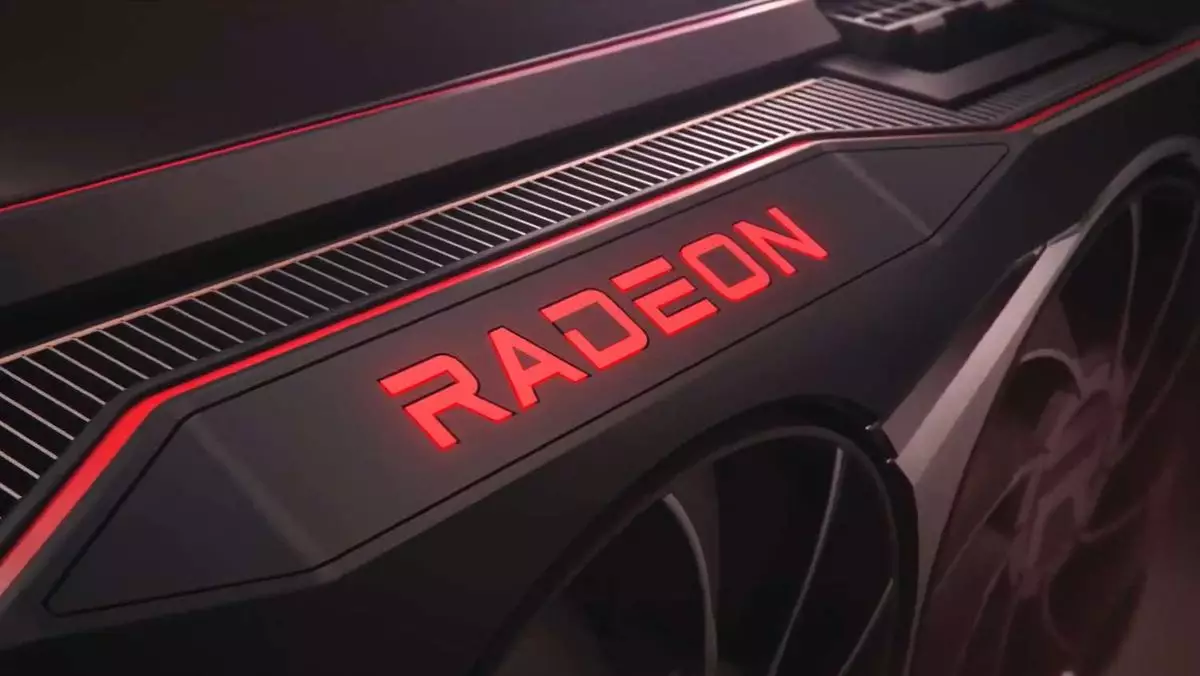As the gaming world braces itself for a flurry of anticipated releases as we approach year-end festivities, the spotlight often shines on the hardware that powers these experiences. AMD, a major player in the graphics card market, appears to be scrambling to catch up with its chief competitor, Nvidia, in adapting its offerings to the latest titles. Enter the latest iteration of their software, Adrenalin Edition 24.12.1, which claims to address these shortcomings. In this article, we will delve into what this update means for gamers and whether AMD’s efforts are adequate to keep up with the demands of modern gaming.
The arrival of the Adrenalin Edition 24.12.1 software brings with it a slew of new game supports, such as Marvel Rivals, Microsoft Flight Simulator 2024, Dragon Age: The Veilguard, and Stalker 2. This addition is crucial for those planning to jump into these much-anticipated titles on AMD GPUs over the holiday season. The landscape of gaming is ever-evolving, and companies like AMD are racing against time to ensure that their drivers meet the growing complexity and demands of new game engines.
However, while the addition of these titles sounds promising on paper, the performance of AMD’s GPUs in handling these games remains a topic of concern. Many gamers equipped with AMD hardware have already voiced frustrations pertaining to performance discrepancies, especially when compared to Nvidia’s offerings, particularly in high-demand scenarios. While AMD’s ongoing efforts to enhance their software might help mitigate some of these issues, historical performance data raises questions about whether these updates can keep pace with what Nvidia delivers.
The new software update addresses specific bugs that have hindered user experience, including issues like crashing while loading saved games in titles such as Monster Hunter World and performance problems encountered in Fortnite on Radeon RX 5000-series GPUs. This kind of meticulous attention to existing problems is commendable and certainly welcomed by the gaming community. Nevertheless, the critical question is whether these fixes translate into a noteworthy enhancement in overall gaming performance.
When it comes to performance benchmarks, AMD’s Radeon RX 5700 XT, for example, has been criticized for underwhelming performance in demanding environments, particularly in 4K settings, where it falters against direct competitors like the RTX 3060 Ti. Players of both Stalker 2 and Dragon Age: The Veilguard will be looking for indicators that AMD is serious about remedying these performance gaps. Simply addressing bugs might not suffice if the hardware itself cannot deliver adequate performance in real-world gaming scenarios.
Despite the software improvements, AMD continues to face notable limitations. For instance, the Adrenalin update has acknowledged specific ongoing issues, such as limitations with the Windows Subsystem for Linux and inconsistent HEVC encoding when utilizing OBS Studio for content creation. What this suggests is that while AMD is actively working to enhance their software environment, many significant problems remain unaddressed, casting a shadow on their overall strategy.
For serious gamers and content creators who rely on their hardware’s capabilities, these limitations pose real hazards. Networking with AMD’s ecosystem, pairing driver updates with hardware changes, often results in unpredictable performance outcomes. For effective gaming and streaming, users are left hoping that AMD can not only resolve existing issues but also provide timelines for when these fixes might be expected.
AMD’s Adrenalin Edition 24.12.1 software update represents a critical, if somewhat reactionary, step toward bridging the gap in performance between AMD and Nvidia. While the newly added game support and bug fixes are certainly a move in the right direction, the ongoing performance challenges highlight the necessity for AMD to enhance not just its software but also its hardware capabilities.
As gamers prepare for the brighter horizons of next-generation titles, AMD must ensure its offerings align with the charging demands of modern gaming. For those considering an AMD graphics card, an update can be worthwhile, but an informed decision hinged on performance history and software effectiveness remains essential. The gaming community will be waiting and watching, poised for AMD to step up its game in a field where every frame matters.


Leave a Reply